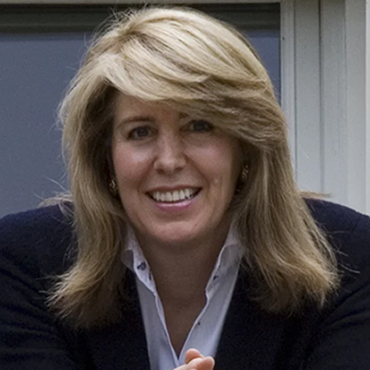Customers are gaga for Wawa, the restaurant / convenience store / gas station that inspires people to tattoo the firm's logo. Founded in 1803, Wawa morphed over time from an iron foundry to a textile mill, to a dairy farm, dairy delivery business, grocery store, then convenience store. Dark clouds descended with the 2008 financial crisis. As competitors converged on Wawa, management recognized the need for a new direction. After the CEO asked his executives to review a selection of business books, they chose Blue Ocean Strategy to redefine industry boundaries, shifting away from the red ocean of competition to a blue ocean of differentiation and low cost. By 2017 Wawa was the 34th largest private company in the US, with 625 million customers and sales of $10.5 billion. Wawa serves 222 million cups of coffee a year and 105 million hoagie sandwiches. Where the average 7-Eleven convenience store grosses $30,000-$35,000 per week, Wawa averages $116,000. It used Blue Ocean Shift to achieve breakout success and thrive for a decade after its strategic pivot. The case comes with a teaching note and firsthand video interview of Howard Stoeckel, Vice Chairman and former CEO of Wawa. The video can be downloaded from https://www.blueoceanstrategy.com/teaching-materials/wawa/
• Blue Ocean businesses can be created and thrive in markets thought to be hopelessly red ocean, including retail, gas stations and restaurants. • The methodical use of the Blue Ocean process and tools provides structure to break out of the red ocean and are more effective than an ad hoc approach. • When a company creates a Blue Ocean and effectively aligns its value, profit and people propositions, it typically takes years for credible challengers to emerge. Since its Blue Ocean shift, Wawa has enjoyed a decade of strong profitable growth, rolling out its new offering across its 800 stores. • All Blue Oceans eventually turn red. In the long term, success requires reaching for new Blue Oceans as existing ones are eventually invaded by challengers.
- Restaurants
- Grocery stores
- Convenience stores
- 7-eleven
- Gasoline, Retail
- Food and beverage
- Wawa
- Blue Ocean Strategy
- Gas station
- Blue Ocean Shift
- McDonald's
- Strategy
- Competition
- Transformation




